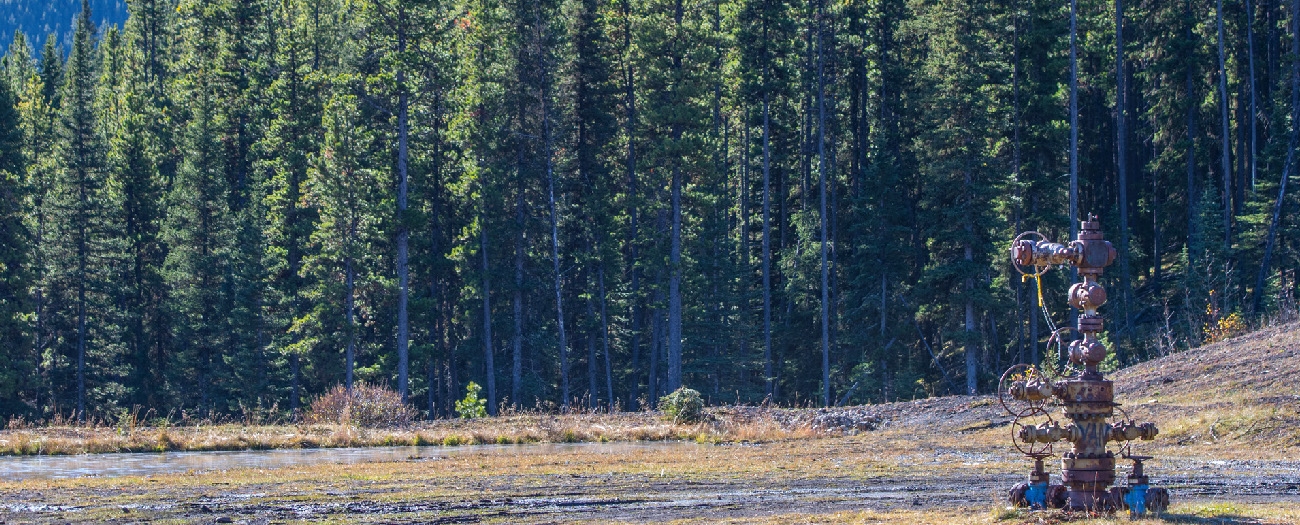Orphaned, abandoned, reclaimed: understanding how wells are classed
Alberta - March 19, 2017Albertans began prospecting for “black gold” more than a century ago. Years and years of drilling for oil and natural gas has resulted in more than just wealth for the province—it’s resulted in hundreds of thousands of wells dotting the landscape in various states of disrepair.
The Alberta Energy Regulator (AER) requires companies—also referred to as “licensees”—to make sure that wells pose no threat to public safety or the environment. This goes for wells that are categorized as inactive, suspended, abandoned, reclaimed, and orphaned.
The AER also ensures that Albertans are protected from the cost of abandoning and reclaiming upstream oil and gas wells, facilities, pipelines, and their associated sites.
While wells may differ slightly depending on the type or location, the graphic below demonstrates how wells in different phases of the energy life cycle may look.
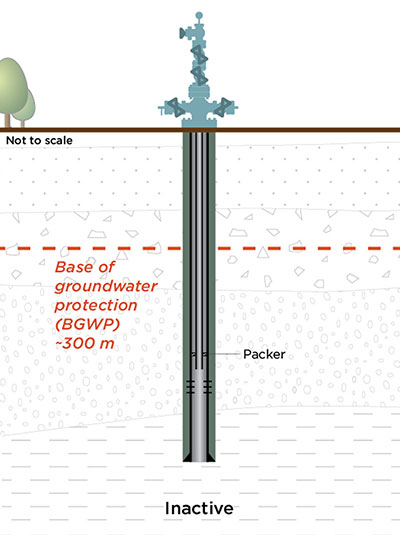
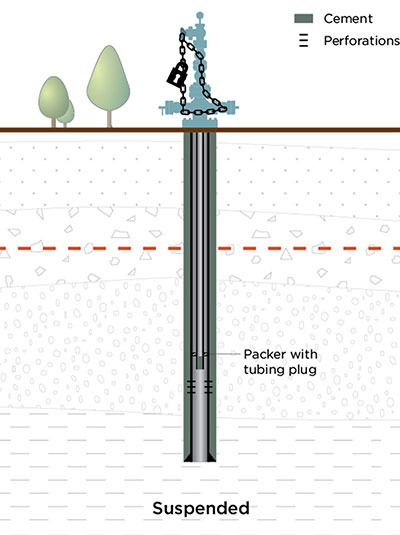
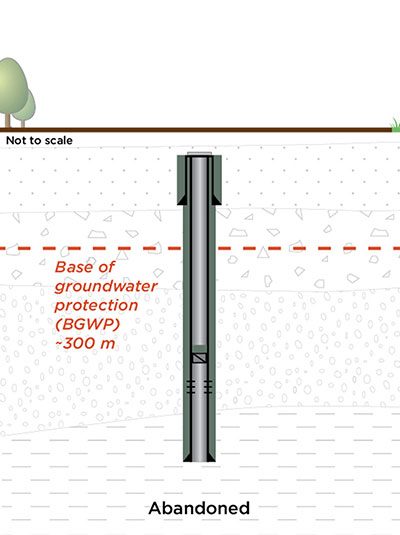
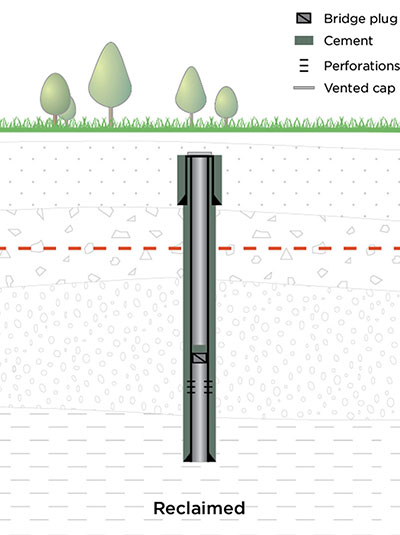
Companies must clearly demonstrate that all site issues—for instance, ensuring that any contaminated soil meets Alberta Environment and Parks remediation criteria—have been addressed. The AER audits a varying number of sites each year based on different risk factors. The AER will also respond to all complaints about site reclamation.
Orphan
Orphan wells can be in any state: inactive, suspended, abandoned, or even producing. A well is considered orphaned when a licensee becomes defunct without having properly abandoned the well and reclaimed the well site. If this happens, the AER orders anyone who benefits from or has a legal interest in the well to abandon and reclaim it. If there is no responsible party, the AER deems the well and associated sites to be orphaned. The Orphan Well Association then takes over the care and custody of the infrastructure and sites.
Resource Editor, Writer


